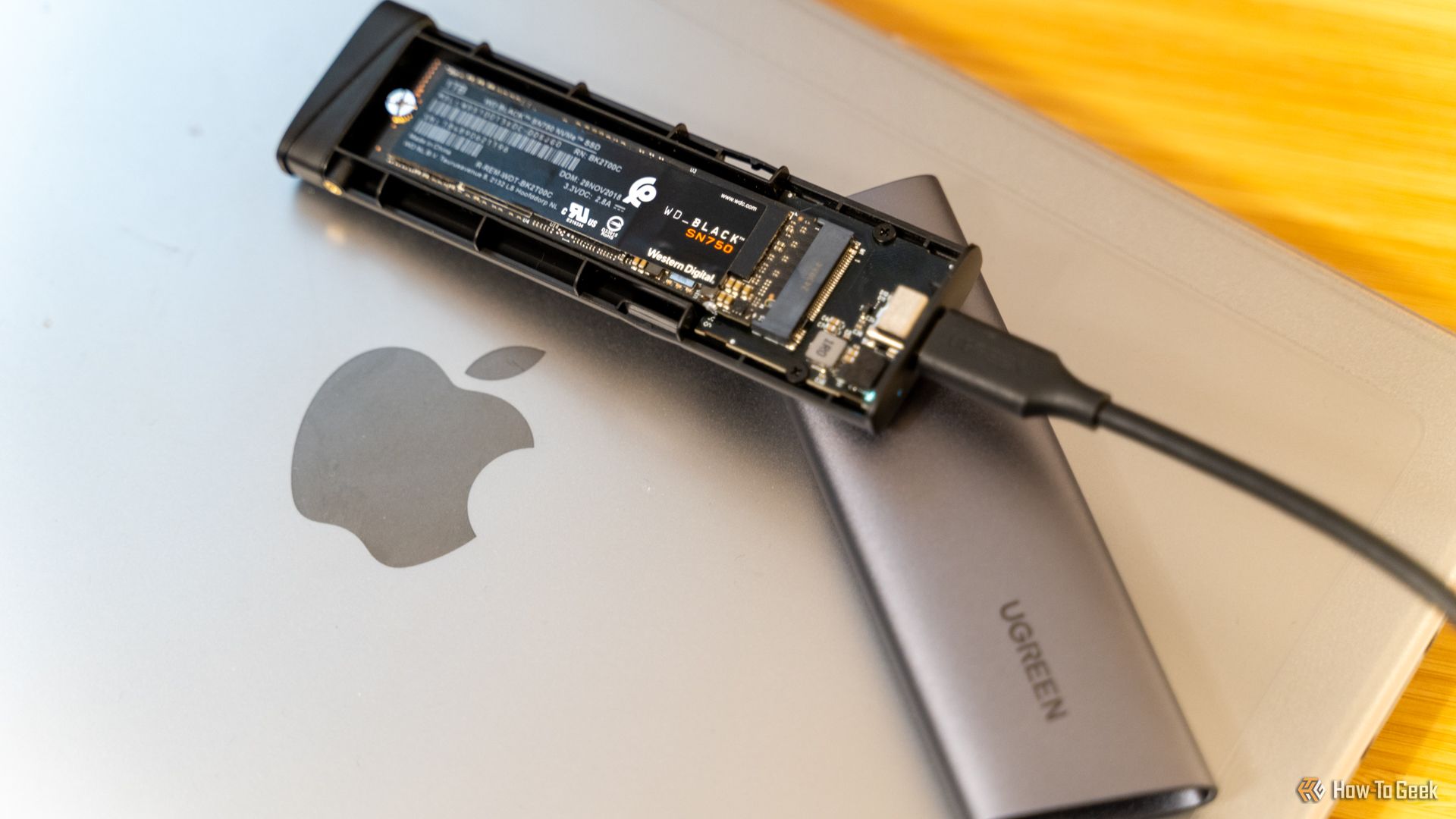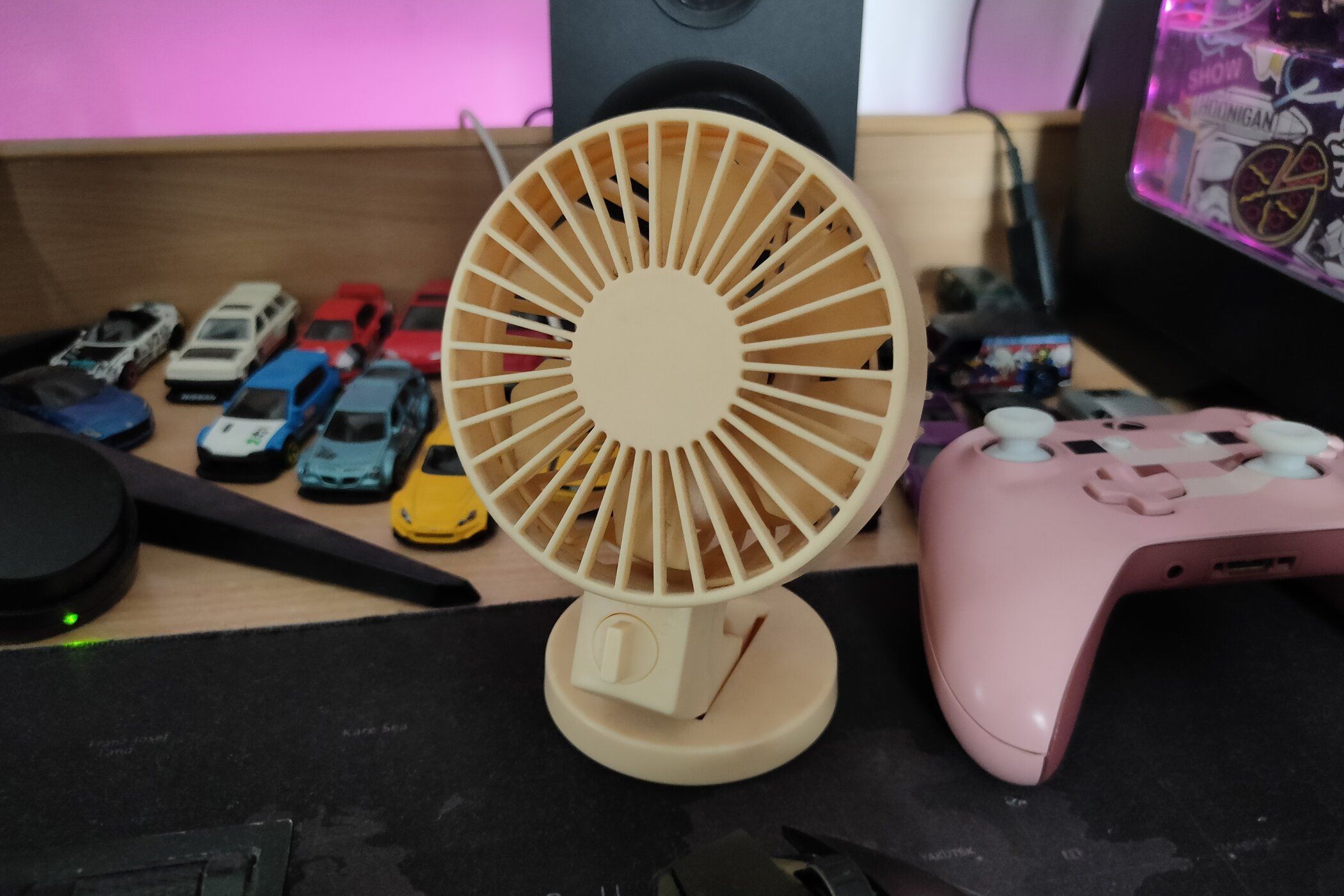Modern audio-video receivers (AVRs) have more ports than you can shake a stick at, but one of them—the humble USB port—is often forgotten. I finally decided to see what mine can do by plugging in some random USB devices I have lying around.
A Pixel 8 Pro or a Cellphone
Some devices are able to mount your phone and read the phone’s content as storage. I wasn’t sure what file format my AVR supported going in this, so I figured I’d try it.
Unfortunately, my AVR stubbornly refused to do anything, regardless of which port I tried and what USB mode my phone was in. It didn’t even throw an error; it just ignored it completely. My phone did slowly charge, however.
An External SSD
My external SSD, which was formatted as NTFS, was picked up instantly. The audio files and photos could be readily viewed. I didn’t test a drive formatted as FAT32, but I fully expect it would work—FAT32 is supported by almost everything.
Disappointly—but unsurprisingly—the AVR did not recognize the SSD when it was formatted for exFAT.
I was a little surprised it recognized a 4-terabyte drive without issue.
An External Hard Drive
Having had success with the SSD, I went for a regular spinning hard disk next.
As you might expect, a normal 3.5-inch drive failed to spin up when powered only through the USB port. Connecting an external power supply solved the issue, however.
You may be able to get a small, slow laptop drive to run only on the power provided by the USB port, since they consume less power. However, there probably isn’t much point when SSDs work without an issue.
A Keyboard, a Mouse, and a Controller
I didn’t expect any input devices to work, but I decided to give it a try just in case something interesting happened. All the devices obviously received power (since the lights came on), but the AVR wasn’t capable of doing anything with the signals it was getting back.
A Wi-Fi Adapter
Just to see what happened, I disconnected my AVR from the Wi-Fi and removed the antenna from the back.
I then plugged in a small USB Wi-Fi adapter to see if the AVR had some hidden capacity to connect to the internet over USB. Sadly, it didn’t work, dashing my hopes of a cellular-enabled sound system.
A Laptop Didn’t Work
I wasn’t sure exactly what I wanted it to do, but I also tried connecting my Linux laptop to my AVR just to see what happened. As warned by the manual, nothing happened at all.
They Can Power Any Normal USB Device
My AVR’s USB ports (which are USB A) seem to be pretty run-of-the-mill, which limits them to a maximum output of 5 volts at 3 amps, or 15 watts.
One of the more interesting AVR-specific peripherals I’ve seen are USB fans.
Most AVRs are passively cooled and can get pretty warm. If your AVR lacks a fan, there are small fans that plug directly into the USB port and become active when the unit powers on.
However, there are usually good reasons that AVRs don’t have fans, or if they do, they don’t typically kick on. The big one is fan noise. Fans, even quiet ones, can be immersion-breaking if you’re watching a quiet scene in a movie or television show.
Additionally, fans can also generate electromagnetic interference (EMI) that could produce audible distortions in your audio.
You could also attach low-power decorative USB-powered lights if you wanted to.
Not All Receivers Are the Same
Despite the fact that AVRs look largely unchanged, there are some pretty important differences that have cropped up over the years.
In looking through the manuals of some older AVRs were capable of directly interfacing with an iPod over USB. That is an interesting feature that seems to have been completely dropped in recent years.
Newer, more expensive AVRs also usually support drives that have been formatted using exFAT, which should have been universal years ago.
Software Is a Bigger Limitation Than Hardware
Whatever the hardware limitations of an AVR, the software is probably an even bigger limitation.
Even after fiddling around with it for a while, I still found the AVR’s software very clunky and finnicky. The older Yamaha unit I have wasn’t really any better.
Even though my solid state drive was recognized, I can’t imagine actually using 4TB of storage with this interface. If encoded as MP3s, the drive could store around 1,000,000 songs. It would be totally unmanageable without a complete redesign.


